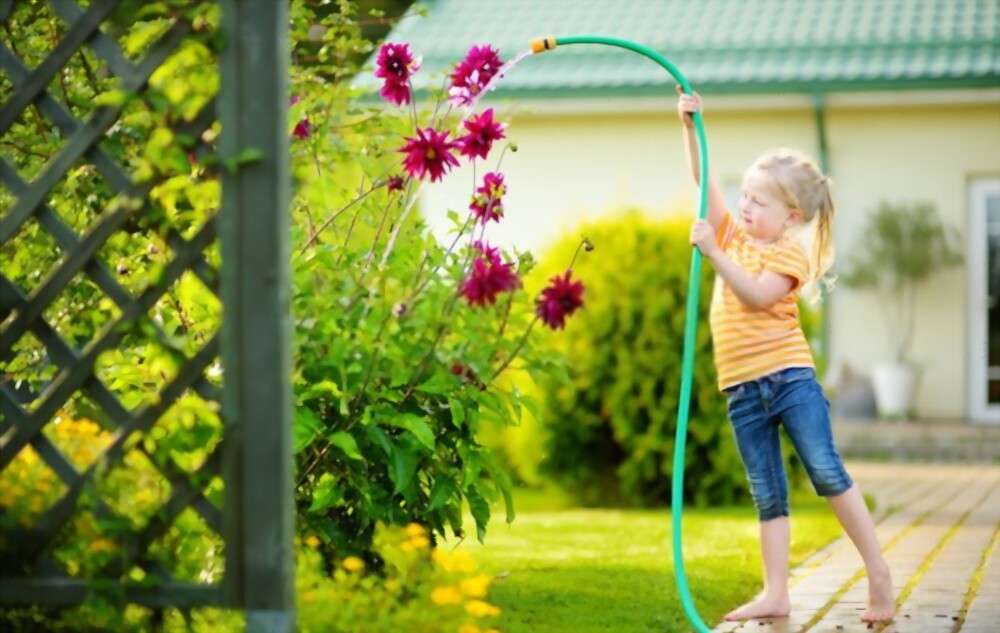Table of Contents
Indoor vertical gardening represents a convergence of innovation, aesthetics, and sustainability. As urbanization limits available outdoor space, this form of gardening is increasingly appealing, especially when combined with LED grow lights. In this comprehensive guide, we will dive into the world of indoor vertical gardening, exploring its benefits, methodologies, challenges, and frequently asked questions.
What is Indoor Vertical Gardening?
Indoor vertical gardening involves growing plants on vertically stacked layers or inclined surfaces, usually within indoor environments like homes, offices, or commercial spaces. This method offers a unique way to grow herbs, vegetables, and ornamental plants, even in space-constrained urban areas.
LED Grow Lights: A Vital Component
The introduction of LED grow lights has revolutionized indoor gardening, bringing several distinct advantages. Among the myriad options available, Spider Farmer LED grow lights have emerged as a favorite for both hobbyists and professionals alike. Combining cutting-edge technology with user-friendly features, Spider Farmer LED grow lights are transforming the way we grow plants indoors in terms of the following aspects:
- Energy Efficiency: LED lights consume less energy, translating into cost savings over time.
- Customized Spectrum: Gardeners can select specific light spectra for different growth stages, promoting optimal development.
- Longevity: Offering a longer lifespan than traditional lights, LED grow lights represent a sustainable choice.
- Heat Management: Emitting less heat, LED lights reduce the risk of overheating, offering better environmental control.
Benefits of Indoor Vertical Gardening with LED Grow Lights
Following are the benefits of indoor vertical gardening lights.
Space-Saving
In apartments and small homes, vertical gardening allows garden enthusiasts to cultivate plants without the need for extensive horizontal space.
Year-Round Growth
LED grow lights create a controlled environment where plants can flourish throughout the year, irrespective of outdoor weather conditions.
Sustainable Living
Vertical gardening promotes a connection with the food source and reduces dependence on commercial produce, aligning with sustainability goals.
Water Efficiency
Combining vertical gardening with hydroponics or aeroponics can reduce water usage, offering an eco-friendly solution.
Health and Wellness
The therapeutic nature of gardening, coupled with the improved air quality, contributes to mental and physical well-being.
Effective Photosynthesis
Indoor vertical gardening with LED grow lights offers significant advantages in optimizing photosynthesis. Strategically positioned lights ensure uniform exposure, allowing every part of the plant to contribute to energy production and therefore boost the inputs and outputs of photosynthesis.
Setting Up an Indoor Vertical Garden
- Choose the Right Location: Consider available space, natural light, and aesthetic preferences.
- Select the Plants: Research suitable plants for your specific environment and care capabilities.
- Install LED Grow Lights: Position lights for optimal coverage and choose the correct spectrum and intensity.
- Plan for Watering and Nutrients: Decide on an irrigation method and ensure a proper nutrient delivery system.
- Monitor and Maintain: Regular care, including pruning, pest control, and lighting adjustments, is essential for success.
Challenges and Solutions
Following are the challenges and solutions of Setting Up an Indoor Vertical Garden
Initial Costs
While the setup might be costly, the long-term benefits often justify the investment. Researching and planning can help minimize unnecessary expenses.
Technical Expertise
Learning about different plants and managing LED grow lights may require time and effort. Online tutorials, books, and community garden groups can be valuable resources.
Humidity Control
Managing humidity within an indoor vertical garden is crucial for preventing mold and diseases. Using a dehumidifier or proper ventilation can help maintain an optimal environment.
FAQs
Q: Can I grow any plant in an indoor vertical garden?
A: While many plants can be grown vertically, it’s essential to choose ones that are suitable for your specific environment and care capabilities.
Q: How do I select the right LED grow lights?
A: Consider factors like the plants’ light spectrum needs, the size of the growing area, and energy efficiency when selecting LED grow lights.
Q: Is indoor vertical gardening suitable for beginners?
A: Yes, with proper research and planning, even beginners can enjoy success with indoor vertical gardening.
Q: What are common mistakes to avoid?
A: Overwatering, choosing the wrong light spectrum, and neglecting regular maintenance can lead to problems. Proper education and attention to detail can prevent these issues.
Q: Can I convert my existing garden to a vertical one?
A: Yes, with proper planning and modification, an existing garden can often be transformed into a vertical garden.
Conclusion
Indoor vertical gardening with LED grow lights offers an engaging and productive way to connect with nature, even in urban settings. From the space-saving design to the ecological benefits, it presents a fulfilling and responsible choice for modern gardeners.
With continued advancements in LED technology and growing methods, indoor vertical gardening is poised to become an integral part of urban living, bringing fresh produce and natural beauty closer to home.
